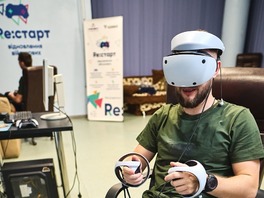The Ambassador of Ukraine to the United Kingdom, former Commander-in-Chief of the Armed Forces of Ukraine, Valeriy Zaluzhny, described the Ukrainian DELTA battlefield management system and other adaptations of modern warfare.
Zaluzhny told Defense One about all this.
The former commander claims, citing a recent study by the Royal United Forces Institute, that Ukrainian tactical drones “inflict approximately two-thirds of Russian casualties,” making them “twice as effective as any other weapon in the Ukrainian arsenal.” And it’s an extraordinary development for a weapon that was considered relatively unimportant just three years ago, but it’s an example of how Ukraine is changing the way the West will wage war.
“However, the new framework has brought its own challenges. The high-tech US military, which relies on vast amounts of data transmission, has created electronic trails that adversaries can detect and target. Low-tech enemies have continued to find cheap ways to inflict serious damage, such as improvised explosive devices in the post-9/11 conflicts. And now these and other developments have turned modern warfare upside down. After decades of increasingly rapid offensive maneuvers, the Russian-Ukrainian war is characterized by World War I-style attrition. The enemy can now detect the slightest movement and attack without warning, resulting in the battlefront being locked in defensive fortifications with soldiers buried in trenches, where even personnel rotation and medical evacuation have become dangerous,” Zaluzhny comments.
And he notes that this is the result of three main events:
- The first are small tactical drones, which are used to target military forces and equipment in the air, on land, and at sea - and even to combat other drones.
- The second is electronic warfare, which now includes tracking, jamming, and even intercepting drone signals. This allows the enemy to repel the target and destroy specialized crews that are difficult to replace.
- The third is remote sensors of varying complexity. Generously deployed in contested but undefended “white spaces,” they create protective buffers that prevent the enemy from penetrating them.
Under threat to its existence, Ukraine has developed several ways to wage this new kind of war.
“The Ukrainian military has abandoned Cold War-style methods, tactics, equipment, and information and signals management. Drones are used in many roles; for example, inexpensive naval drones drove the Russian Black Sea Fleet out of a seemingly impregnable Crimean harbor. Unarmed drones operate continuously in logistics and medical evacuation roles. Drones in Ukraine are rarely the expensive in-house products of traditional military enterprises. Instead, they are mostly made from commercially available hardware components and open-source software, making a war of attrition effective and affordable at scale,” says Zaluzhny.
The drone revolution has created a hardened and unyielding environment. And visual camouflage and electronic stealth have become essential to counter the constant jamming, interception, and targeting of airborne signal sources. Long-forgotten fixed communication methods such as underground, underwater, airborne, and especially fiber optic networks are back in vogue because they are harder to disrupt and offer superior throughput, reliability, and security. Drones are becoming increasingly autonomous, capable of operating without constant operator attention or even a constant connection to GPS signals.
However, effective control of drones remains crucial, as it is for any other component on the battlefield. Here, the Ukrainian DELTA combat control system deserves recognition. Ukraine began developing DELTA, an ecosystem of military products, several years before the Russian invasion in 2022.
"We call it 'Google for the military' because after one login you get access to different modules in the system. Google helps organize your workspace. DELTA helps organize your 'military' space," the general said during a recent NATO exercise.
Simpler than the American Palantir battle management system, DELTA provided Ukrainian defenders with situational awareness and decision support at critical moments, offering an advantage against a larger but information-deficient adversary.
Effective command and control systems must deal with information from many different types and sources: human reports, open-source intelligence, satellite imagery, drone footage, mobile phone video clips, cyber data, etc. DELTA uses artificial intelligence to quickly sort through data and give leaders a complete picture on and off the battlefield.
"Lullabyed by decades of dominance in many domains, Western militaries have slept for too long. Faced with adversaries armed with massively deployed, optimized autonomous weapons, they could become the well-known victims of the German Blitzkrieg of World War II. Fortunately, they have a gift of immeasurable value: the experience gained by Ukraine's hard work, forged in the grueling struggle for survival. If the West wants to survive, it must quickly and fully learn these lessons and put them to good use," Zaluzhny emphasizes.
Zaluzhny also spoke about the creation of a "secret weapon" in 2022 together with Western partners.






